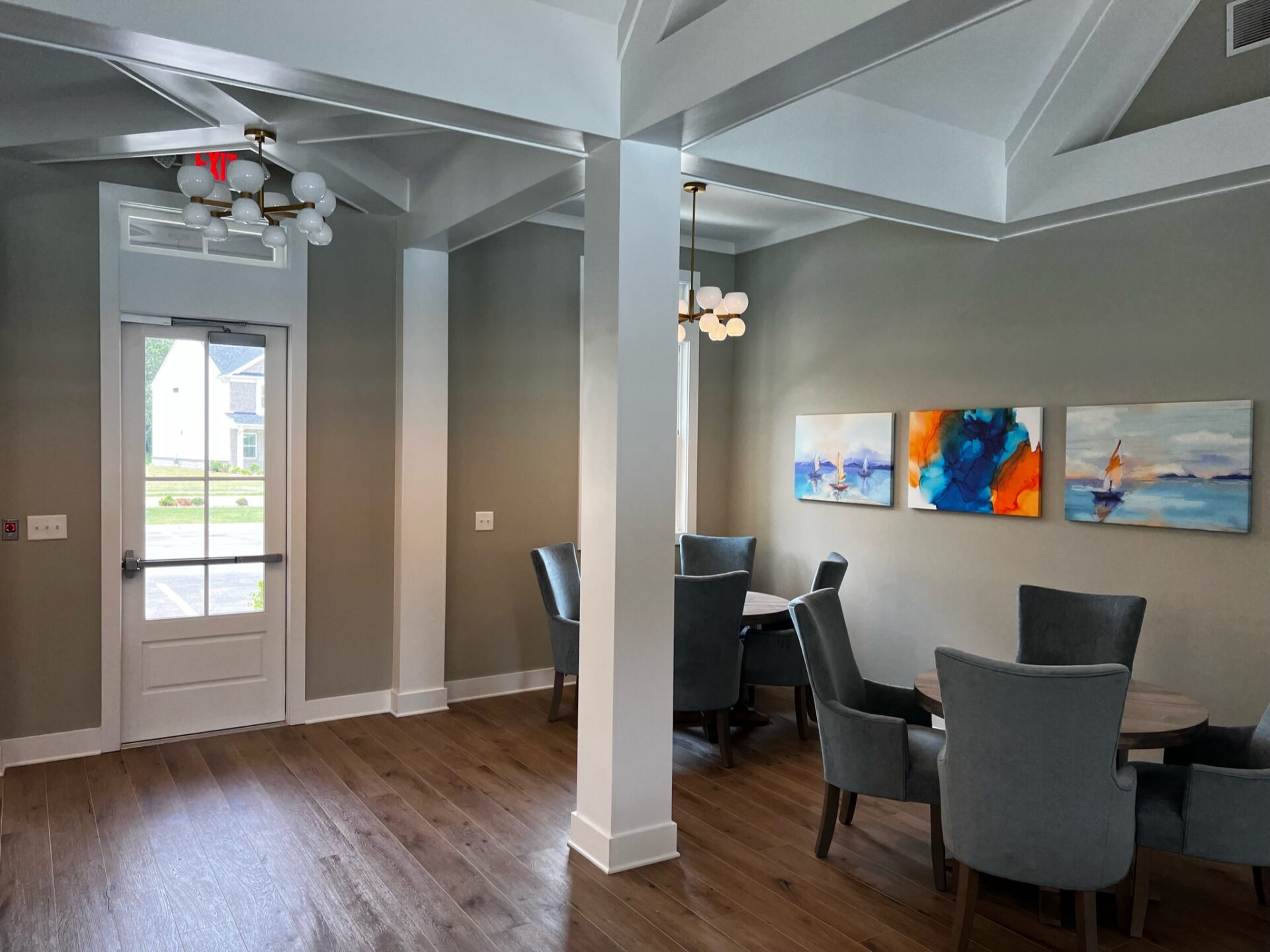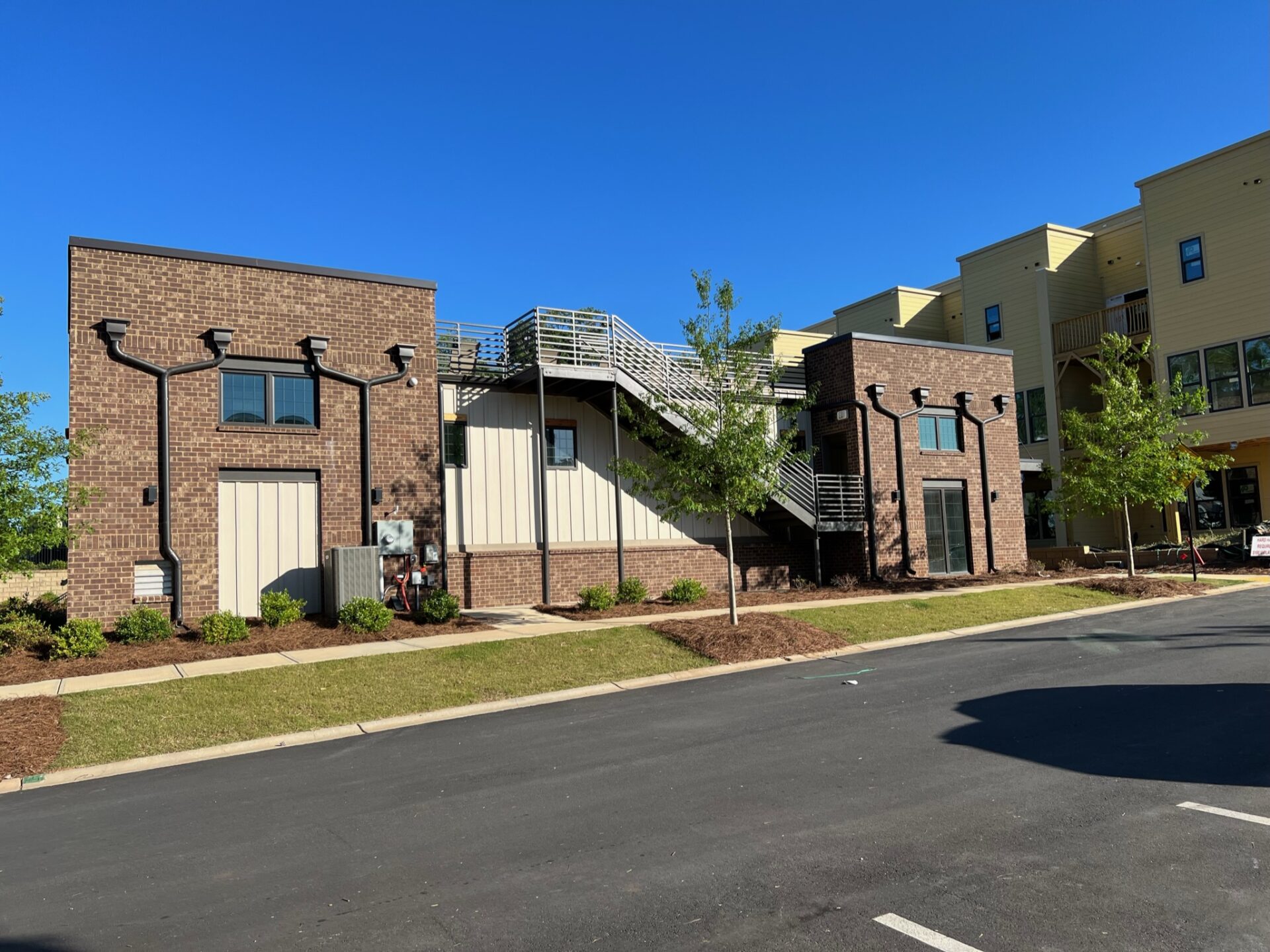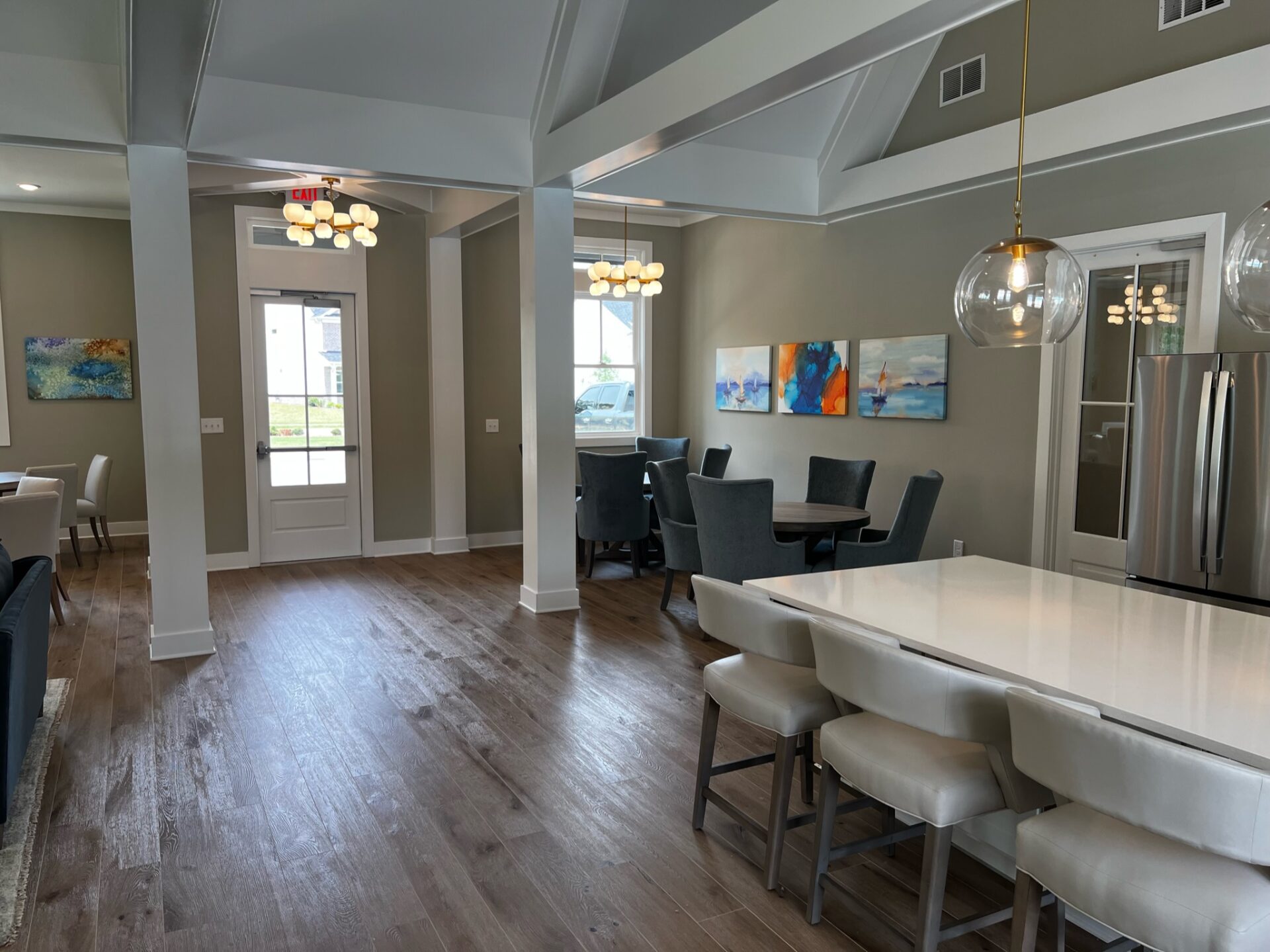Introduction
Building a functional office space can greatly impact the productivity and well-being of employees. Choosing the right design, integrating technology, and making the best use of available space are all crucial steps in creating an efficient workplace. When these elements come together, they boost not just work performance but also employee satisfaction.
The design of an office space should facilitate comfort and efficiency. Ergonomic furniture and good lighting can make a big difference in how people feel during their workday. Attention to details like these helps build an environment where employees can thrive and focus on their tasks with fewer distractions.
Another important aspect is the use of technology. High-speed internet and modern hardware are essential for day-to-day operations. A well-connected office enhances communication and supports various work activities. Integrating these tech solutions seamlessly into the office layout helps maintain a smooth workflow.
Lastly, creating a healthy work environment cannot be overlooked. Good indoor air quality and non-toxic building materials promote a healthier space for all occupants. These choices contribute to fewer sick days and higher morale, creating a place where people want to come to work. Let’s dive deeper into each of these aspects to understand how to build an office that truly works for everyone.
Designing for Productivity
Ergonomic Furniture and Layout Choices
Creating a productive office space starts with choosing the right furniture and layout. Ergonomic furniture, like adjustable chairs and desks, helps employees maintain good posture and reduces the risk of strain or injury. These pieces of furniture are designed to support the body naturally, making work more comfortable and efficient.
The layout of the office is just as important. Open floor plans encourage collaboration but should include quiet areas for focused work. Placing desks near windows can boost morale and productivity by providing access to natural light. Additionally, arranging furniture to allow for easy movement helps maintain an organized flow and prevents clutter, which can be distracting.
Incorporating Natural Light and Ventilation
Natural light and ventilation play a significant role in employee well-being and productivity. Large windows and open spaces that let in daylight can reduce the need for artificial lighting and create a more pleasant work environment. Studies show that natural light can improve mood and energy levels, which in turn enhances productivity.
Proper ventilation keeps the air fresh and reduces the build-up of indoor pollutants. Using windows that can be opened or installing a good HVAC system can ensure a steady exchange of air. Good air circulation not only keeps the environment comfortable but also supports better concentration and reduces the risk of illnesses.
Maximizing Space Utilization
Flexible Workspaces and Multi-Use Areas
Maximizing the use of available space is essential in creating an efficient office environment. Flexible workspaces that can adapt to different needs are very useful. For example, areas with modular furniture can quickly transform from meeting zones to individual workstations. This versatility allows the office to accommodate different tasks and teams without needing extra space.
Multi-use areas, such as break rooms that double as informal meeting spots, can make the office more dynamic. These spaces encourage spontaneous interactions and brainstorming sessions, fostering a collaborative culture. Ensuring that every square foot serves multiple purposes can help you get the most out of your office space.
Smart Storage Solutions
Efficient storage is key to maintaining a clutter-free office. Smart storage solutions, like wall-mounted shelves and under-desk drawers, can help keep essential items within reach while saving space. Using vertical storage options also maximizes floor space, allowing for more open areas in the office.
Incorporating technology into storage solutions can further enhance organization. For example, investing in a document management system reduces the need for bulky filing cabinets. Labeling storage areas clearly and keeping commonly used items easily accessible makes the workplace more functional and organized, which helps employees stay focused on their tasks.
Technology Integration
Importance of High-Speed Internet and Connectivity
High-speed internet is the backbone of any modern office. It’s crucial for communication, data transfer, and day-to-day operations. Reliable internet connectivity ensures that employees can access online tools, communicate with clients, and participate in virtual meetings without interruptions. Poor internet can slow down work processes and lead to frustration.
To enhance connectivity, consider installing wired ethernet connections in addition to Wi-Fi. This ensures that critical devices always have a stable internet connection. Also, think about the placement of routers and access points to avoid dead zones in the office. A well-planned network setup can support the heavy data needs of a busy office environment.
Hardware and Software Needs for Modern Offices
In addition to high-speed internet, having the right hardware and software is essential. Computers, printers, and smart devices must be up-to-date and capable of supporting the tasks required. For instance, having printers that can handle large volumes or multifunction devices that scan, copy, and print can save time and improve workflow.
Software tools for project management, communication, and data analysis help streamline operations. Investing in cloud storage solutions ensures that data is accessible from anywhere and secure. Regular updates and maintenance of both hardware and software are necessary to prevent downtimes and security breaches. These tech solutions enable employees to work more efficiently and help the business run smoothly.
Creating a Healthy Work Environment
Importance of Indoor Air Quality
Indoor air quality impacts both health and productivity. Poor air quality can lead to headaches, fatigue, and even illness, reducing overall work performance. Implementing a good ventilation system is crucial for maintaining fresh air inside the office. Air purifiers and regular cleaning can also help remove pollutants and allergens.
Plants are a natural way to improve air quality. They not only add a touch of nature to the workspace but also help filter the air. Regularly inspecting and maintaining HVAC systems ensures they operate efficiently and provide clean air. A healthy environment keeps employees feeling better and able to focus on their tasks.
Using Non-Toxic Building Materials and Finishes
Using non-toxic materials during construction or renovation can significantly improve indoor air quality. Many traditional building materials release harmful chemicals called VOCs, which can lead to health problems. Opt for low-VOC paints, adhesives, and finishes to create a healthier office environment.
Natural materials like reclaimed wood or bamboo are eco-friendly and reduce exposure to toxins. When choosing furniture and other interior elements, look for certifications that indicate low chemical emissions. This not only creates a safer space but also promotes sustainability. A focus on healthier materials helps build a workplace where employees feel comfortable and secure.
Conclusion
Creating a functional office space involves more than just putting desks and chairs in a room. It’s about designing an environment that fosters productivity, health, and well-being. From ergonomic furniture and efficient layouts to investing in high-speed internet and ensuring good indoor air quality, every detail counts. Each element plays a role in making the workplace more efficient and enjoyable for employees.
As we’ve discussed, these steps require thoughtful planning and professional expertise. Investing in these areas can lead to significant improvements in employee satisfaction and overall business success. Building a space that meets both functional and aesthetic needs is essential for the long-term viability of your office.
Ready to transform your office space into a productive and healthy environment? Contact Robert Long Construction today for commercial building planning and construction. Let’s create an office that works as hard as you do!




